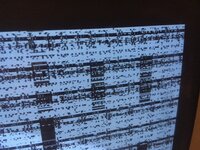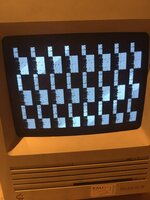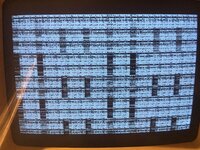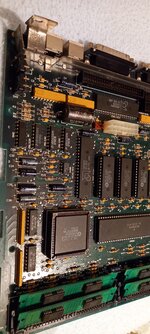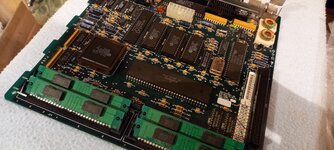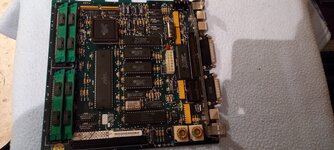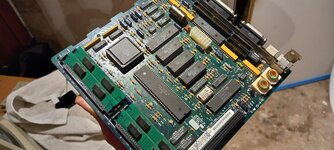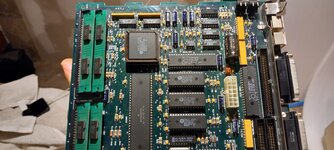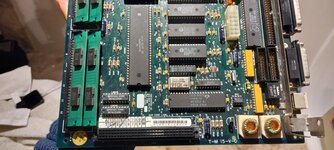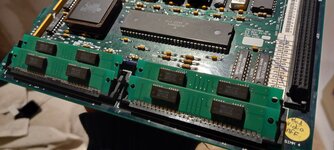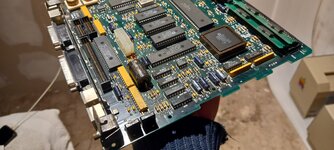stansteph54
Member
Dear all,
I’m the happy owner of a Macintosh SE M5011 first version with the 800k floppy and internal 20SC which luckily badged as well at its back.
Unfortunately I’m not able to have it booting despite of trying different ram simms combinations that were tested well on my other SE Fdhd.
Here is video of that startup screen which is anyway changing when I push the reset button on the side of the motherboard.
R35 was cut, R36 is empty.
I did resolder R35 in order to try the pictured 4*256ko configuration but anyway.. same startup screen.
Any idea what could be the issue ?
Many thanks beforehand for your time spent in reading and helping me.
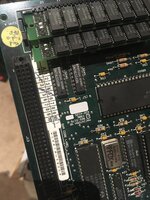
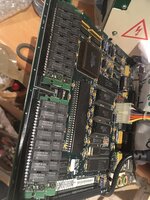

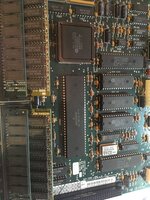
I’m the happy owner of a Macintosh SE M5011 first version with the 800k floppy and internal 20SC which luckily badged as well at its back.
Unfortunately I’m not able to have it booting despite of trying different ram simms combinations that were tested well on my other SE Fdhd.
Here is video of that startup screen which is anyway changing when I push the reset button on the side of the motherboard.
R35 was cut, R36 is empty.
I did resolder R35 in order to try the pictured 4*256ko configuration but anyway.. same startup screen.
Any idea what could be the issue ?
Many thanks beforehand for your time spent in reading and helping me.





